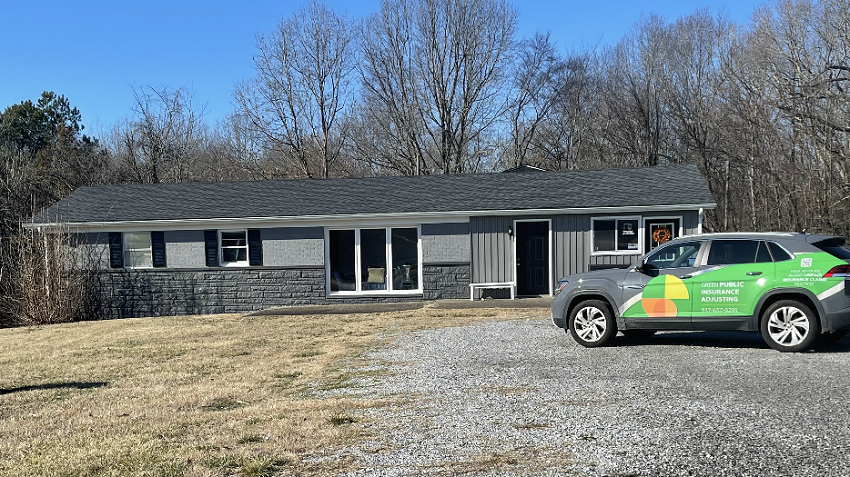For many public adjusters, the field is where their careers began — and where their instincts were sharpened. The long hours spent inspecting roofs, reviewing scope sheets, and negotiating with carrier adjusters built not just technical expertise but professional identity.
But as firms grow and ownership responsibilities expand, a common dilemma emerges: what happens when you step out of the field to run the business instead of the claims?
I’ve watched several friends and colleagues make that shift — trading inspection ladders and policy binders for staff meetings, payroll, and strategy sessions. Their stories are familiar and instructive, revealing both the rewards and the risks of leadership in a hands-on profession.
The Pros: Vision, Growth, and Stability
- Building the Business Instead of the File
Stepping away from individual claim handling gives owners the time to build systems, develop staff, and expand market presence. You start to see the firm not as a single project but as an ecosystem — where sales, service, and client experience all connect.
- Strategic Thinking Replaces Daily Reaction
When you’re in the field, your attention is drawn to what’s urgent — inspections, negotiations, client calls. Leadership forces a shift from reactive problem-solving to proactive planning. You begin to anticipate trends, manage cash flow, and invest in long-term infrastructure.
- Empowering the Next Generation
By stepping back, firm owners create opportunities for others to grow. Senior adjusters can mentor new licensees, expand the team’s reach, and strengthen professional succession — something our industry desperately needs.
- Work-Life Balance and Sustainability
Claims work can be physically and emotionally demanding. Moving into management allows for greater balance, sustainability, and the ability to work on the business instead of inside it, as the saying goes.
The Cons: Distance From the Work That Defines You
- Losing Touch With Market Reality
When you’re no longer handling claims firsthand, you risk losing your feel for how the market is evolving. Carrier tactics shift. New policy forms emerge. Adjuster culture changes. The only way to stay credible as a leader is to maintain visibility in the field — even if only periodically.
- Dependence on Reports Instead of Experience
Owners often rely on summaries from their staff rather than seeing claims dynamics unfold personally. This can dull intuition — the instinct that tells you when a claim is under-reserved or when negotiation leverage is being lost.
- The Decline of Technical Mastery
The construction and estimating world changes quickly. Building codes, pricing databases, and carrier documentation standards evolve annually. Without active engagement, a once-top-tier field adjuster can quickly become administratively strong but technically dated.
- The Human Disconnect
Some firm owners express feeling emotionally detached — missing the satisfaction that comes from direct client interaction and the tangible impact of resolving a loss. The managerial role can feel abstract compared to the hands-on gratification of helping one homeowner rebuild.
Bridging the Gap: Staying Grounded While Leading
Successful firm owners find ways to remain connected to the field without being consumed by it.
Here are a few practical approaches:
- Shadow complex claims quarterly. Participate in high-value inspections or dispute resolutions to stay sharp.
- Host internal claim reviews. Use real case studies to mentor staff and assess evolving carrier strategies.
- Invest in continuing education. Attend conferences (WIND, IAUA, NAPIA) not only as a sponsor but as a learner.
- Solicit staff feedback. Encourage open dialogue with field adjusters about what’s changing — rates, carrier response times, or documentation requirements.
- Balance leadership with practice. Even one claim per quarter keeps your technical instincts alive.
Final Thoughts
Stepping away from daily claim handling is both a milestone and a challenge. It’s the transition from technician to strategist — a necessary evolution for growth, but one that can slowly erode the very instincts that built your credibility in the first place.
The best leaders in our profession don’t abandon the field — they stay tethered to it through mentorship, training, and ongoing participation.
In a business defined by trust, experience, and advocacy, leadership isn’t about walking away from claims — it’s about ensuring the next generation of adjusters carries the same commitment to integrity and excellence that brought you here.
Disclaimer
This article is for informational and professional reflection purposes only. Green Public Insurance Adjusting and its employees are not attorneys and do not represent any law firm.





